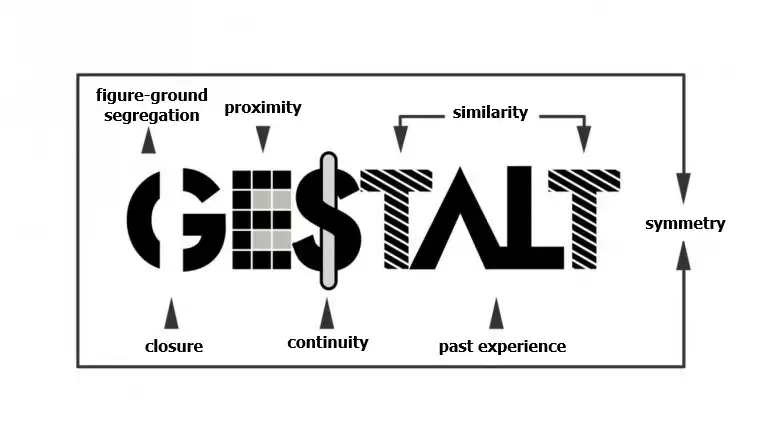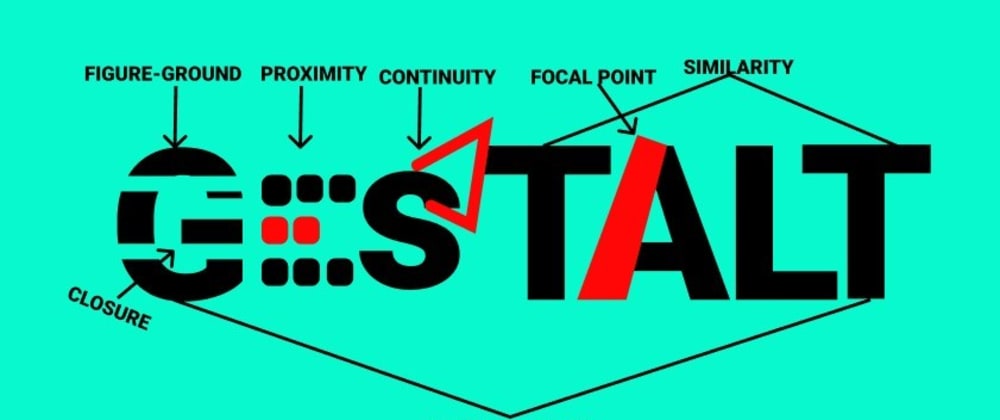This article explains Chunking in a practical way. After reading you will understand the basics of this powerful tool for psychology and memory engineering . Roll your eyes further in this article…
What is the Chunking method?
Chunking is a method related to cognitive psychology. In the chunking process, individual pieces of a particular set of information are broken down and then grouped into a meaningful and logical whole.
Chunking is a mnemonic technique. A mnemonic technique is a technique that a person can use to improve the ability of his or her memory. It is simply a shortcut that allows humans to link information to be remembered to an image, sentence, word or other mnemonic.
What is Chunking’s purpose?
The purpose of Chunking by splitting information is to hold information in the short term. As a result, the limited storage capacity of human working memory is passed. A chunk, or chunk, is a collection of basic units grouped and stored in a person’s memory.
These chunks can be easily recalled in memory because of their familiarity. The items are more easily remembered in a group than individual items themselves. The chunks of information can be highly subjective because they depend on a person’s perceptions and past experiences. The size of so-called chunks varies, but the total often consists of two to seven items.
How did Chunking as a psychology tool come about?
In 1956, Harvard University professor George Miller published an article entitled The Magical Number Seven, Plus or Minus Two: Some Limits on Our Capacity for Information Processing. In it, he described the results of a series of cognitive experiments that he conducted with his colleagues. Miller found that people could usually remember between five and nine pieces of information. Seven was and is the average.
Of course, mnemonic techniques were used long before this time. Some of these techniques date back to ancient Greek times. Today everyone uses these techniques.
Core elements of the chunking method
Fourteen years after George Miller’s research, Neal Johnson came up with an article outlining four main concepts of the memory process and chunking. These are: chunk, memory code, decoding and recoding. The chunk, as discussed earlier, is the series of pieces of information to be remembered. These items are stored in memory code. In recoding, one learns the code for a chunk, and in decoding, the code is translated back into the information it represents.
The phenomenon of chunking as a memory mechanism is easy to observe in everyday life. Take, for example, the way people group numbers and information by remembering telephone numbers or addresses. A phone number such as 14121998 can be easily remembered by dividing it into 14, 12 and 1998. For example, the number is stored as December 14, 1998 instead of a series of individual digits. Others divide the number into pieces of 3, others into pieces of 2.
How does Chunking improve memory?
A 2019 study from the University of Zurich describes how chunking as a memory mechanism affects memory. This research tested whether chunking indeed helps to circumvent the limited capacity of working memory. The experiments that the researchers conducted showed that chunking could not only store and recall bits of information, but also non-chunked information that was stored simultaneously. This supports the assumption that chunking partly relieves working memory.
In addition, the researchers were answered whether the size of the chunks with information influences these benefits. As long as the pieces of information remain linked, the size of the piece of information had no influence. Only when pieces of information have to be remembered that are not linked to each other, does the size of the chunk determine the effectiveness with which it can be stored.
How do I practice Chunking?
For many students and professionals, Chunking is one of the best ways to memorize bits of information. However, not all chunks have the same level of difficulty and so some pieces require more attention than others. The same goes for someone who learns to play the piano by hearing and playing. A beginner will listen to the piece several times and learn to play it piece by piece.
Chunking as a reminder is not difficult to perform. Identifying the chunks is probably the trickiest part of the Chunking process. Below is a step-by-step plan. Follow this step-by-step plan and learn to remember information in a new way within four steps.
Get started with Chunking
Whether it’s a high school history exam, the key points of a meeting or a briefing from colleagues, Chunking can be used wherever things need to be remembered. Follow the 4-step plan below to use this memory mechanism yourself.
Step 1: Identify the chunks
First, it is important to select the right pieces of information. Students may receive a timeline of dates and events to learn from their history teacher. The piano student may have to practice with large octave jumps in a piece of music that he has to practice in advance. Immediately circle these parts. When all pieces of information have been covered, the pieces can be learned.
Step 2: don’t rush
Do not expect what you are learning to be completed in a session, depending on the situation. There is a reason people are learning bits of information: often what they learn is difficult. Sometimes it is necessary for someone to sleep a night before he or she can continue with the next piece. If necessary, plan the week in which you learn a different bit on each day and repeat the previous bit.
Step 3: Start slow
Just because the big picture only consists of 5 pieces of information, that doesn’t mean you have to go through it at a fast pace and hope your memory keeps up. Start slowly and make sure there are no mistakes in what you have learned. Make sure that the sequence is correct, that the pieces are related and that what you have learned is well anchored in the memory.
Step 4: Integrate with existing pieces
Each piece must then be connected to the rest of the pieces. Many people forget this last step. As a result, the transition of pieces is messy. When it comes to playing the piano, it seems as if the pianist needs a short pause between the different parts to switch to the next part. To transition seamlessly from piece to piece, a different strategy is used: chaining. Each chunk is made a bit bigger so that in the end everything consists of 1 chunk.
The relationship between expertise and memory capacity
Several studies have shown that people are better able to remember things when they try to remember things they are familiar with. Likewise, people tend to make chunks out of information they are familiar with. This level of familiarity makes people better able to remember more chunks, but also more specific content of those chunks of information.
A well-known experiment was conducted by Chase and Ericsson. They worked with students for two years to see if a person’s grade range could be extended through practice. One student was a long-distance runner. By splitting a series of numbers into race times, his range of numbers was extended. Where 7 numbers is normal, this student managed to memorize 80 numbers by linking them to race times. The student later stated that he could expand his strategy by including ages and years in the pieces of information. This made it easier for him to remember the kibble.
It is important to state that a person who has no knowledge of a particular expert domain such as race times would have had a harder time memorizing so many numbers using this method.
Alternative mnemonic techniques
In addition to dividing information into pieces with the Chunking technique, there are a few other mnemonic techniques. The most common are briefly explained below.
Loci method
Loci’s method is a reminder from the time of the ancient Greeks. This makes it one of the oldest information retention techniques we know today. Using it is simple. Imagine a house that you are familiar with. You can divide the house into different rooms.
These different rooms represent information objects that must be remembered. Another example is to use a route. It is useful to choose a known route such as the route from home to work. Different landmarks along the way then represent pieces of information.
Acronyms
Another mnemonic technique is the use of acronyms. An acronym is a word formed from the first letters or groups of letters in a name or phrase. An acrostic is a series of lines from which certain letters, such as the first letters of all lines, come from a word or phrase. These techniques are used as a mnemonic by memorizing the first letters of certain words.
Examples of acronyms are: EFQM Model, RACI Model, ADKAR Model, PEST Model, ADDIE Model, SWOT Model and more.
Rhymes
A rhyme is a saying with similar rhyme patterns. These terminal sounds can appear at the end of the line or at a different place in the sentence. Rhymes are easy to remember because they are stored in acoustic coding in the brain.
Imagination
Visualizations are a very effective way of learning information. Language and visualisations are often used to remember word pairs such as green grass, yellow sun, blue water, etc. The Loci method is also a form of using visualisations. By remembering specific images, it can help people to remember information associated with this image.
Chunking Summary
Chunking is a memory mechanism that helps people learn to remember information by breaking it down into small pieces. Chunking is a mnemonic technique. A mnemonic technique means that it helps people to improve the capacity of the memory. By using chunking, the regular working memory of the brain is relieved. Chunks, or pieces of related information, can be more easily remembered than individual pieces of information. A chunk usually consists of two to seven items.
Chunking is often used in everyday life. An example of this is the way people memorize telephone numbers. One learns the number in groups of 2, the other turns the number into a date, and the other learns the number digit by digit.
Chunking is very easy to apply and practice. It is important that the complete body of information first identifies the most important things to learn. Depending on the amount of information and the size of the pieces, make sure that a good planning is made that describes the activity for each day. Start slowly, make sure there are no mistakes in the learning, repeat and use chaining to link the pieces together.
Chase and Ericsson conducted an experiment among students for two years. This showed that a long-distance runner was able to memorize 80 numbers when paired them with race times, ages and years. This is much more than the seven numbers usually remembered by the average person.
Besides chunking, there are some other very effective mnemonic techniques. The Loci method is the oldest of these. The method dating back to the time of the Greeks allows people to use their imagination. By dividing a known house into a number of rooms and linking information objects to them, it is easier to remember information. Acronyms is also a mnemonic technique. An acronym is a word formed from the first letters of a particular word or phrase. Rhymes are also used to remember information. Because certain syllables from each line rhyme with each other, the information is stored in the auditory part of the memory. This also relieves the working memory.
What do you think? Do you recognize the explanation about chunking? Do you use this memory mechanism to easily remember information? For example, how do you remember a long telephone number? What other tips can you share with us for remembering information? Which other memory trainers do you know? Do you have any tips or comments?
Share your knowledge and experience via the comment field at the bottom of this article.
If you found the article useful or practical for your own knowledge, please share it with your network. Thank you in advanced.
Join the TELEGRAM GROUP: t.me/blogzynergy







